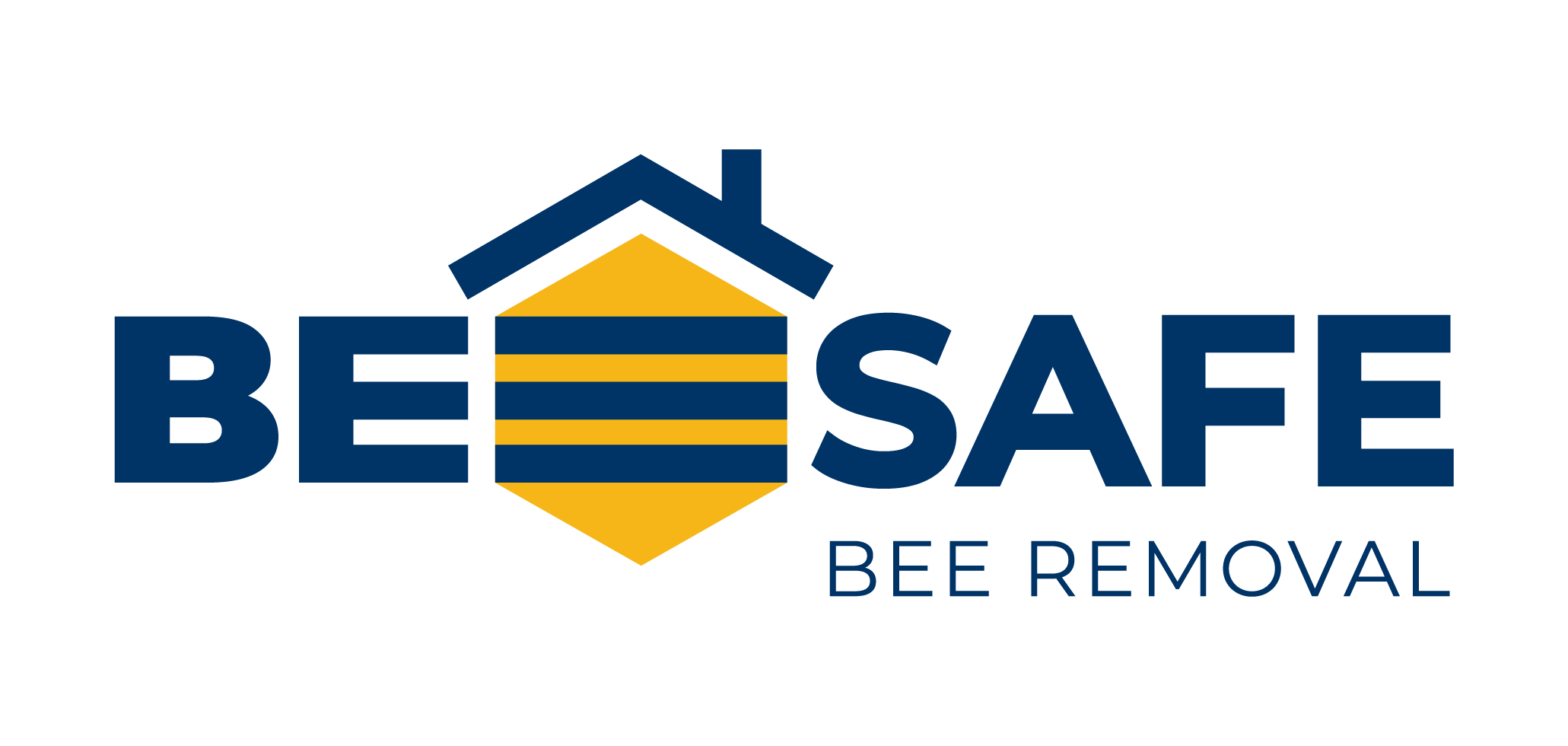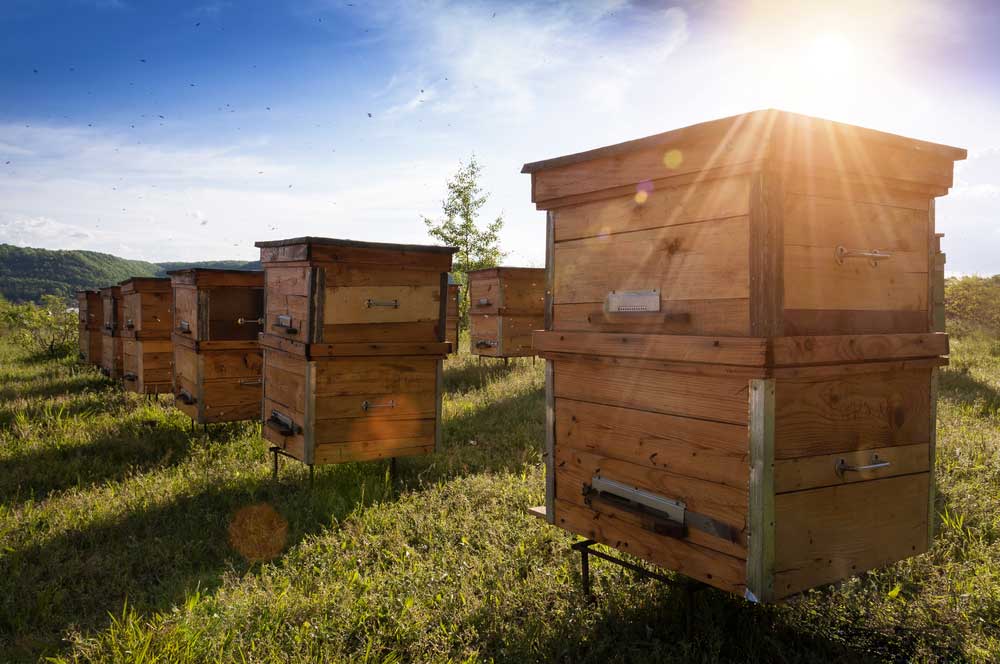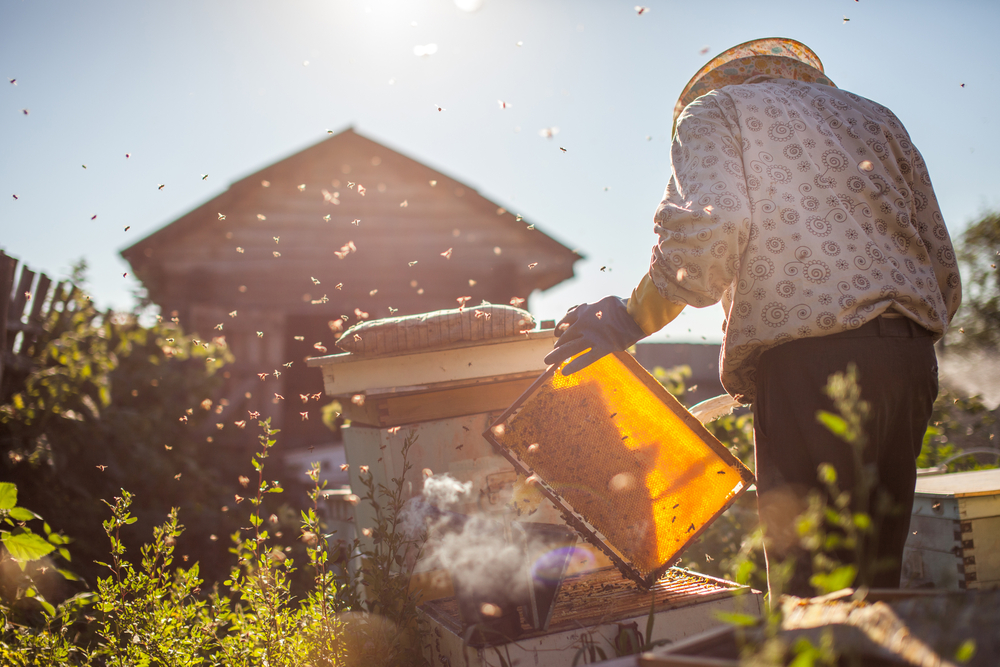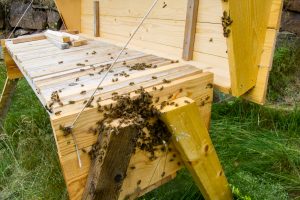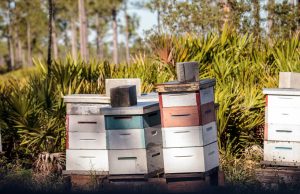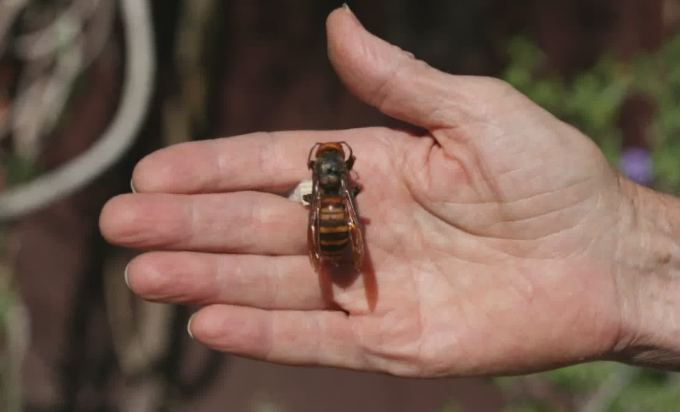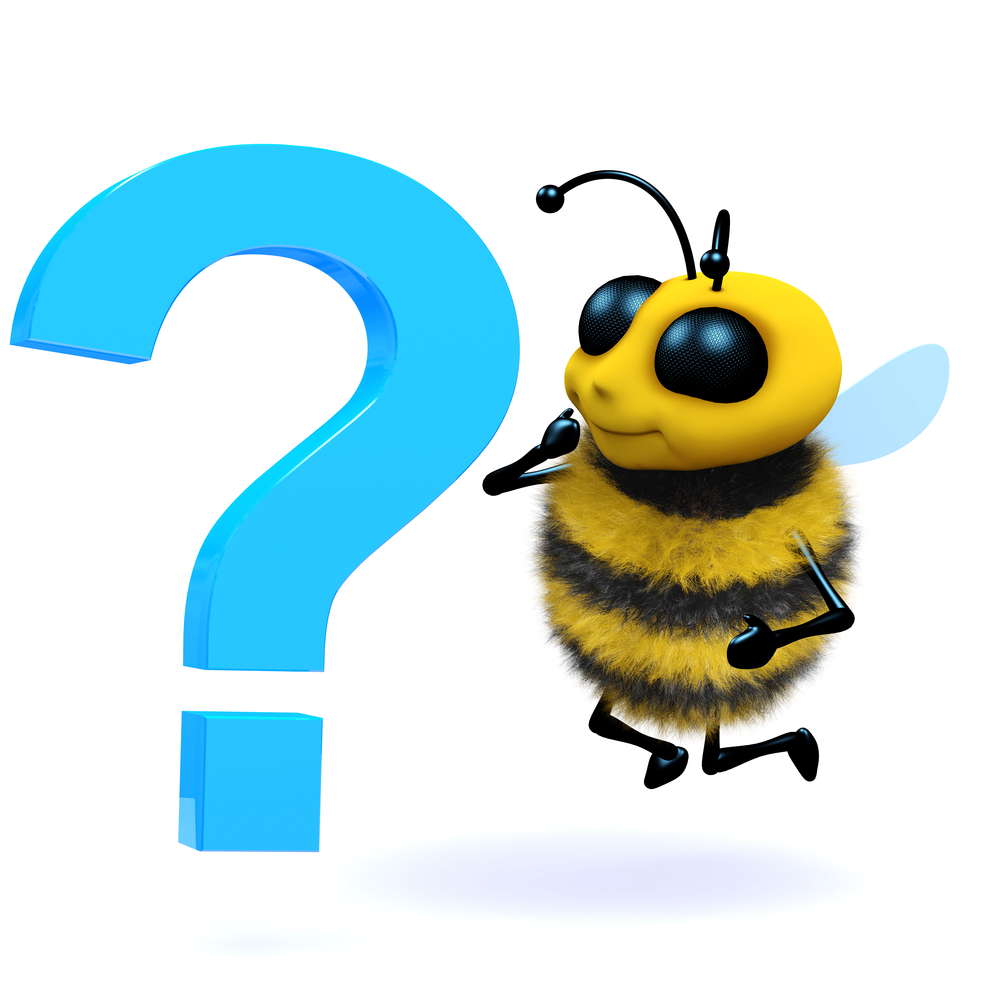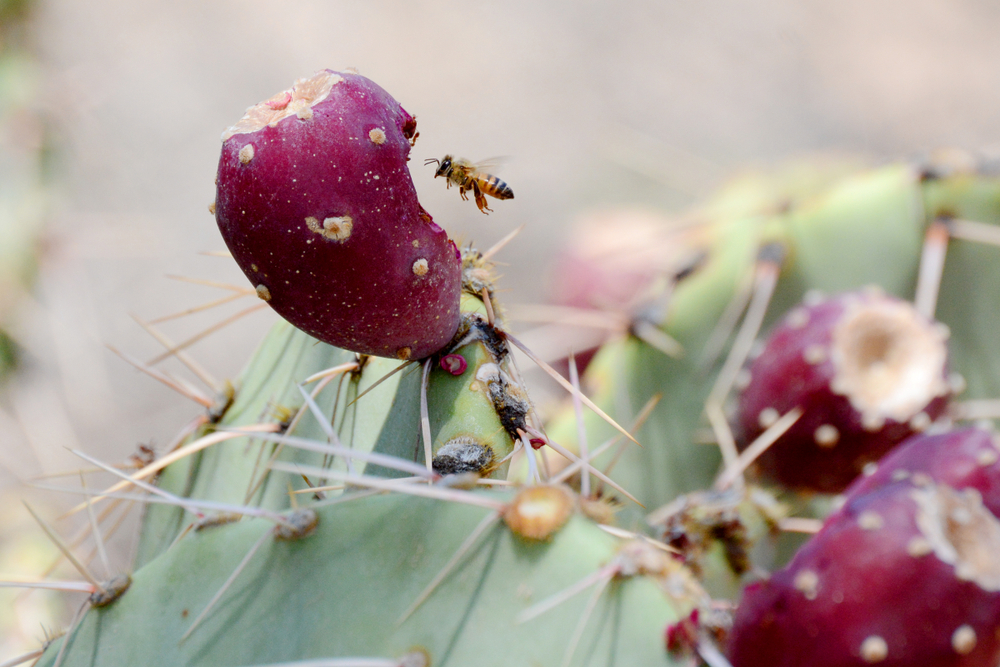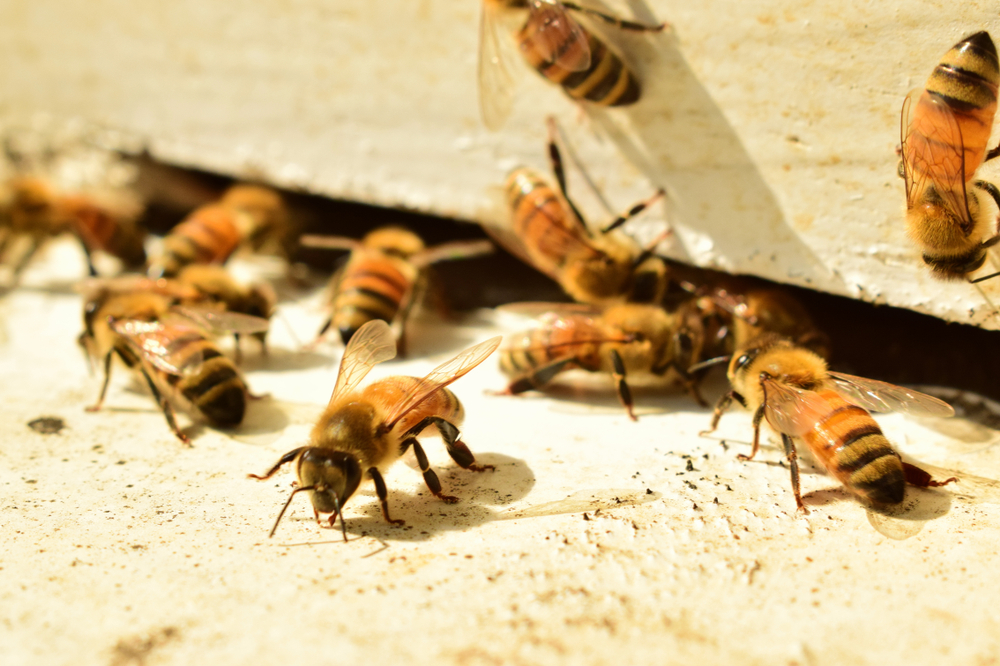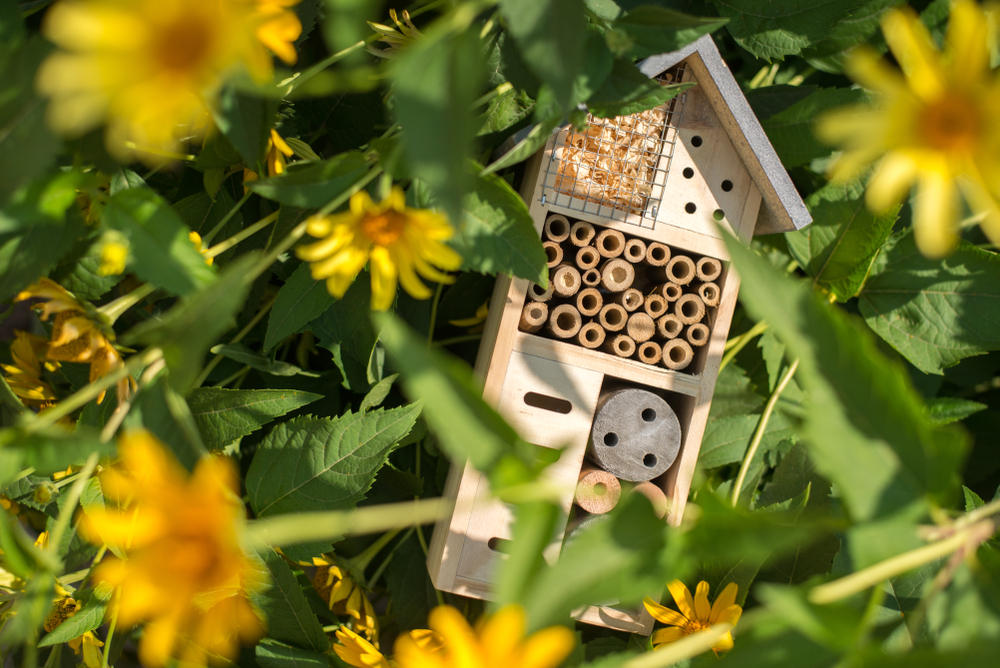When you order an eco-friendly bee removal on your property, your primary concern is getting the bees off your land. However, we think it is vital for you as a consumer to understand the actual result of your bee removal via beekeeper, the bee apiary.
You know what the term eco-friendly means. However, once you learn about the apiary and how innovative a tool it is, you will be more prone to working with someone who practices live bee removal instead of the standard extermination.
What is a Bee Apiary?
Also known as a bee yard, an apiary is where collected beehives and honey bees are kept. You may have seen photos or videos somewhere of open land with large boxes located on them that contain live bees. These are apiaries and are a beekeeper’s primary tool for remaining eco-friendly and keeping bees alive and happy while producing essentials like wax and honey.
Who Uses Bee Apiaries?
From beekeepers to farmers, apiaries are popular ways to help boost industry and preserve bees’ lives as a species. Every apiary has its use; it all just depends on the person managing the bee yard. Apiaries can take beneficial production directions in the form of:
- Wax Production,
- Honey Production,
- Honey Bee Preservation,
- And Pollination.
Knowing how the different apiaries are beneficial to the environment is essential for anyone to understand, not just beekeepers that love honey bees.
How Does a Bee Apiary Work?
When you discover a beehive on your property and call your local bee removal expert, your goal is to be rid of these “pests.” By working with a bee removal service and specializes in beekeeping and bee relocation, you are promoting the use of bee apiaries and safe economic practices.
A company like Bee Safe Bee removal will remove unwanted swarms and hives and put them in a bee apiary. Here, the bees will have the freedom to survive and thrive. The best part about this type of swarm removal is that it is safe for all parties involved, even the bees. There are no harmful chemicals used in this method.
Once at the apiary location, the bees are used for one of the many production specialties that the beekeeper specializes in.
Where Can You Find Bee Apiaries?
Suppose you are a novice beekeeper or are curious about where apiaries can be located. In that case, some requirements need to be followed when selecting a location for the apiary.
Dry Location
First off, the location should be dry. Wetlands and swampy areas create lots of moisture that delays the development of the hive and production.
Protect Your Bees From Wind
Your location may be dry but consider what weather elements could affect the bees in your apiary. The main concern is the wind. Windy areas create problems in hive development and the development of bee families as a whole. If you have no natural barriers, create your walls with:
- High Fencing,
- Windbreaks,
- Trees,
- And Tall Shrubs.
Avoid Strong Shading
Although you may think providing shade is a high priority, it delays bees’ flight as they go about their routine in the mornings. Also, afternoon shadows can negatively impact the flight time of bees. The ideal land is an exact location where bees have moderate shade to keep hives from overheating.
Help Us Promote Our Apiaries Through Eco-Friendly Practices
If you are concerned with the preservation of bees and bee removal from your property, then Bee Safe Bee Removal is the company to call for your bee concerns. Our team of experts has been in the beekeeping business for decades and has the experience to remove your bees safely. Contact us today to schedule a visit out to your property.
